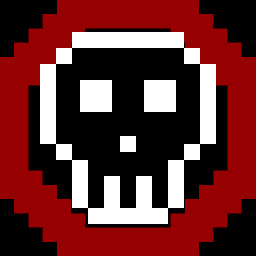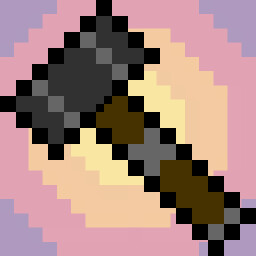Εγκατάσταση Steam
Σύνδεση
|
Γλώσσα
简体中文 (Απλοποιημένα κινεζικά)
繁體中文 (Παραδοσιακά κινεζικά)
日本語 (Ιαπωνικά)
한국어 (Κορεατικά)
ไทย (Ταϊλανδικά)
Български (Βουλγαρικά)
Čeština (Τσεχικά)
Dansk (Δανικά)
Deutsch (Γερμανικά)
English (Αγγλικά)
Español – España (Ισπανικά – Ισπανία)
Español – Latinoamérica (Ισπανικά – Λατινική Αμερική)
Français (Γαλλικά)
Italiano (Ιταλικά)
Bahasa Indonesia (Ινδονησιακά)
Magyar (Ουγγρικά)
Nederlands (Ολλανδικά)
Norsk (Νορβηγικά)
Polski (Πολωνικά)
Português (Πορτογαλικά – Πορτογαλία)
Português – Brasil (Πορτογαλικά – Βραζιλία)
Română (Ρουμανικά)
Русский (Ρωσικά)
Suomi (Φινλανδικά)
Svenska (Σουηδικά)
Türkçe (Τουρκικά)
Tiếng Việt (Βιετναμικά)
Українська (Ουκρανικά)
Αναφορά προβλήματος μετάφρασης



 California, United States
California, United States 




























When we make cold process soap, it’s a mathematical formula that looks like this: (oil amount) x (SAP value) = lye amount needed. You can find SAP values on all our oil and butter product pages. An example is (10 oz. olive oil) x (.134) = 1.34 oz. lye. So, it takes 1.34 ounces of lye to turn 10 ounces of olive oil into soap.
Using the exact amount of lye you need to make the exact amount of soap with nothing leftover is a 0% superfat or lye discount. Many makers like to have some leftover oils in their recipe that aren’t bound to lye, which can be anywhere from a 1-20% superfat.